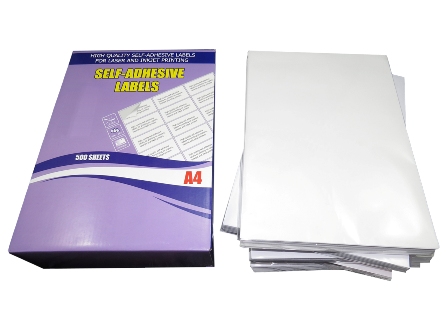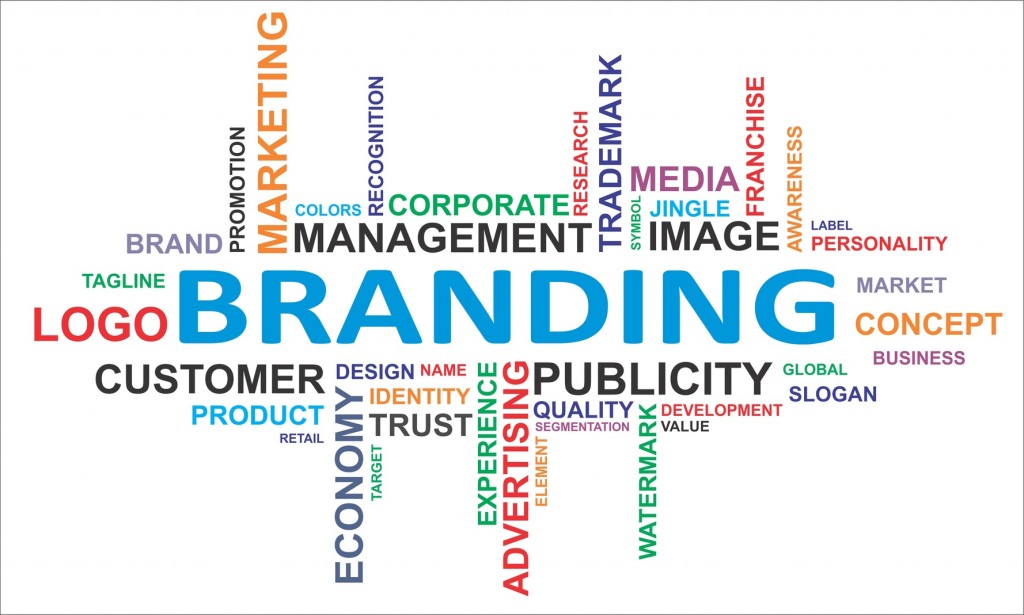 Product labeling is an important part of the marketing and selling process. It has long been used with packaging to deliver product information, company information, product value and influencing the perceived value of the overall product. There are several uses that product labeling caters to.
Product labeling is an important part of the marketing and selling process. It has long been used with packaging to deliver product information, company information, product value and influencing the perceived value of the overall product. There are several uses that product labeling caters to.
1. Marketing
 Marketing is defined as any activity that promotes the selling process. An important element of marketing thus revolves around communication and providing information. While it is one of the core aspects of any business, several brands and businesses have failed to provide the effective means. A product label is the first thing that a consumer notices regardless of whether he/she is buying from the shelf or from an online catalogue. In fact, ecommerce marketers know that product labeling is much more effective as the means of communication than the offline sales. Labels are the only tools that allow the buyers to have a closer look at the product. It supports:
Marketing is defined as any activity that promotes the selling process. An important element of marketing thus revolves around communication and providing information. While it is one of the core aspects of any business, several brands and businesses have failed to provide the effective means. A product label is the first thing that a consumer notices regardless of whether he/she is buying from the shelf or from an online catalogue. In fact, ecommerce marketers know that product labeling is much more effective as the means of communication than the offline sales. Labels are the only tools that allow the buyers to have a closer look at the product. It supports:
- Creating a first impression: It has always been said that the “first impression is also the last impression”. The implication of this statement is crucial for the retail industry. The better you design a label, the better will be the impression of a prospective buyer.
- Identifying it with the brand: Consistent labeling also ensures that the product is consistent with the brand image. The label is the key to maintaining your credibility.
- Identifying item grade: For sellers with several categories of the same product, the label becomes even a more important aspect of the selling process. Whether it’s different kinds of tea or different dozes of the same medication, a label is the first place that a buyer would look to find this information.
2. Making A Personal Connection
With dozens of competitors for the same product, the only way to push your product is by creating a unique brand image. This is only attained when the brand is able to make a personal connection with the prospective customer. Labels have always been a great tool to reach out to both the existing and new customers. In some cases, labels are the only place that informs about the rest of the product line.
Modern marketers have also started integrating QR codes into labels. This entertains a more transparent product buying process, earning the brand its credibility of information transparency.
3. Need For Messages
Apart from acting as a marketing tool, product labels are the best way to provide crucial information about the contents.
- Ingredients: Consumers are much more aware today and thorough about what they are actually buying. A food product for instance will be broken down to the quality and volume of its ingredients; amounts of fat, carbohydrates, energy KJ, sugar level, added colors, added flavors etc. The buyers know what is specifically good to his/her health and will go for a product that has the exact requirements he/she is looking for.
- Health risks: Taking the example of medicines as a product, the label is the first place that would provide information about the health risks. Health risks can also come in the form of warning signs like “to be bought on prescription”, “injurious to health, etc. Labels also provide the manufacturing and expiration date for each individual packet. Warning signs like allergy and side effects to form a part of the labeling.
- Instructions: If you have come across the labels that read “store in a cool place”, “to be hand washed”, etc, you already know the importance of it.
Correct product labeling helps to push a product in the right direction and marketers unanimously believe that it could be an important tool to create a brand image.





